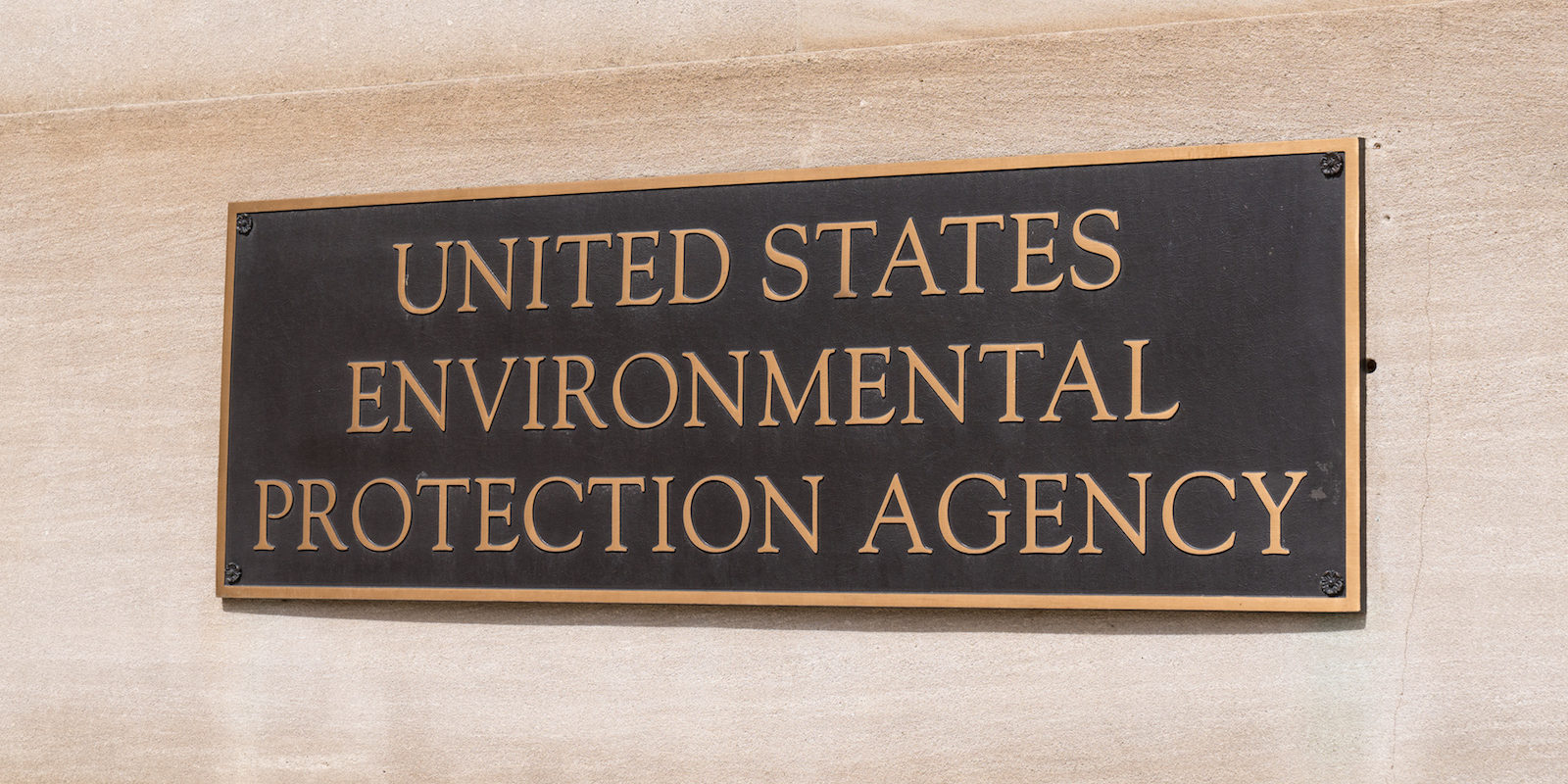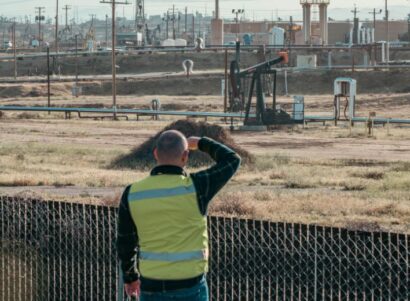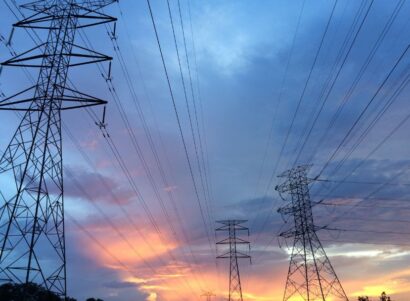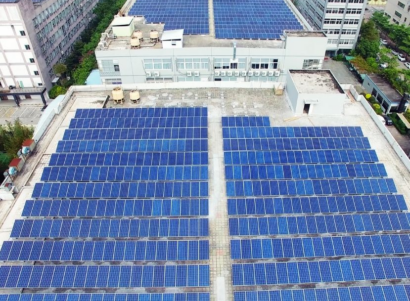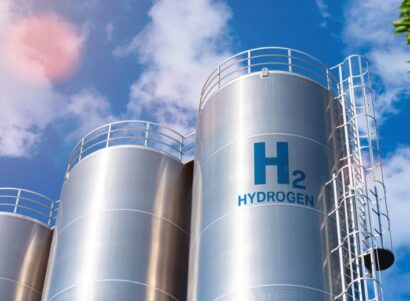For 13 years, oil and gas producers have had a sweet deal when it comes to protecting groundwater during hydraulic fracturing. In 2005 under the George W. Bush administration, Congress exempted hydraulic fracturing from the Safe Drinking Water Act (SDWA) under the Energy Policy Act (EPAct) and allowed states to form their own rules to protect groundwater during the unconventional drilling process. This exemption is colloquially known as the Haliburton Loophole — named after Dick Cheney, who headed the Haliburton Corporation prior to becoming vice president during the Bush administration. The EPAct essentially removed protection of groundwater during hydraulic fracturing at the federal level and delegated this responsibility to the states.
And as we find in our recent study, published Friday, March, 2, 2018 in Current Opinion in Environmental Science & Health, state rules are, if you’ll pardon the expression, all over the map. In the 17 state regulations we studied that had groundwater resources potentially impacted by hydraulic fracturing, inconsistent and undefined terminology effectively neutralize federal standards designed to keep chemicals and other pollutants out of groundwater that are either presently utilized by the public or could be utilized in the future.
Why Enforce the Safe Drinking Water Act?
Groundwater resources are vital for economic development and the welfare of the public. Chemicals used in oil and gas production can reach groundwater through several pathways. During hydraulic fracturing operations, stimulation fluids — mixes of chemicals that often include toxins and carcinogens — can be injected into or near geological formations that contain groundwater for potential current and future use as water supply. Stimulation fluids can also reach the water supply through cracks or wear in casings or cement that contain production chemicals within the well.
There are multiple reasons why protecting groundwater from such intrusions is more important than ever. Groundwater is the primary source of domestic water supply for half the U.S. population. Demand for groundwater is steadily increasing, due to population growth, the increased reliance on groundwater for irrigation, and increased occurrence of sustained droughts in western states such as California. This situation will only worsen with time with climate change, which will bring hotter and drier conditions to the western states.
All these water demands — and the highly aggressive jockeying for water rights that accompanies them — compete with environmental concerns like maintaining baseflow to streams, wetlands, and riparian zones; preventing land subsidence, or sinking, due to compression of depleted aquifers; and protecting coastal regions from saltwater intrusion.
A key impact of this increased demand for groundwater is that it has led to the use of brackish, or slightly salty, groundwater for the water supply. Improvements in desalination technology have made this both possible and economical. So regulations that define criteria for brackish water are more relevant than ever.
The U.S. Bureau of Land Management defines “usable water” for protection as having less than 10,000 mg/L total dissolved solids (TDS). The U.S. Environmental Protection Agency (EPA) defines groundwater requiring protection as an Underground Source of Drinking Water (USDW) under the SDWA, which, in part, is identified by water that has a TDS level less than 10,000 mg/L TDS
That’s why we asked the research questions: What do all these state regulations look like, and how protective are they?
Our Findings
Just some of the discrepant definitions we found:
- In Alabama and New Mexico, protection of USDWs appears discretionary through use of terms such as “reasonable” potential for use.
- In Montana, West Virginia, and Wyoming, protection of groundwater is explicitly removed during oil and gas development.
- In Louisiana and North Dakota, undefined terms such as “freshwater” are used to define protected groundwater.
- In Colorado and Texas, protection of USDWs depends on the location of the oil and gas field.
- California requires monitoring of USDWs during hydraulic fracturing but, in an apparent contradiction, defines protected groundwater at a lesser standard than USDWs.
Both the American Petroleum Institute, the leading trade organization of the oil and gas industry, and the Groundwater Protection Council, a non-profit organization representing the interests of state oil and gas regulators, recommend protecting USDWs during hydraulic fracturing. But the disparities between definitions for protected groundwater, which exist because of the exemption of hydraulic fracturing from the SDWA, mean there is no consistent standard to follow. These disparities can only be remedied by individual states adopting a definition of protected groundwater consistent with the SDWA or a USDW.
